Paul Lessard
Categorical Deep Learning: An Algebraic Theory of Architectures
Feb 23, 2024
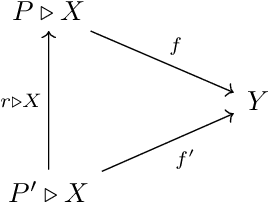
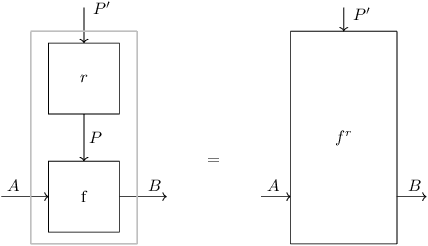

Abstract:We present our position on the elusive quest for a general-purpose framework for specifying and studying deep learning architectures. Our opinion is that the key attempts made so far lack a coherent bridge between specifying constraints which models must satisfy and specifying their implementations. Focusing on building a such a bridge, we propose to apply category theory -- precisely, the universal algebra of monads valued in a 2-category of parametric maps -- as a single theory elegantly subsuming both of these flavours of neural network design. To defend our position, we show how this theory recovers constraints induced by geometric deep learning, as well as implementations of many architectures drawn from the diverse landscape of neural networks, such as RNNs. We also illustrate how the theory naturally encodes many standard constructs in computer science and automata theory.
La production de nitrites lors de la dénitrification des eaux usées par biofiltration - Stratégie de contrôle et de réduction des concentrations résiduelles
Nov 28, 2017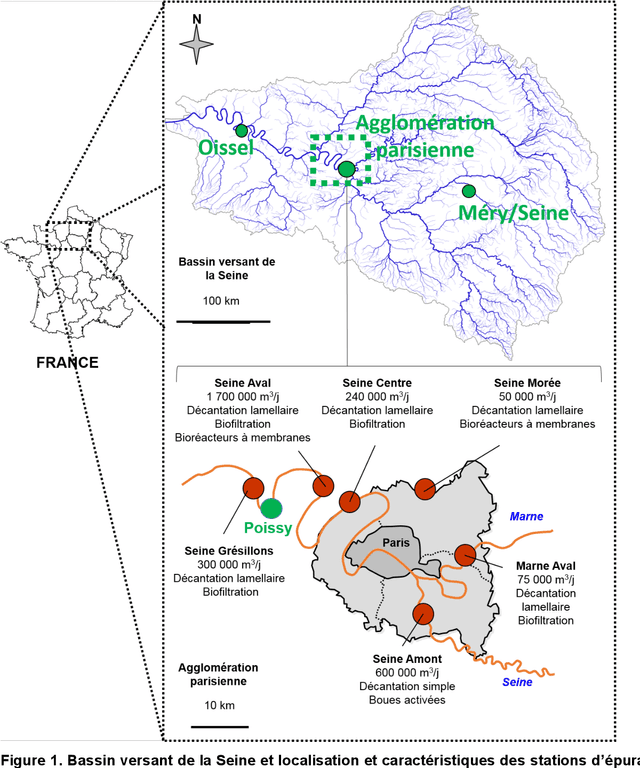
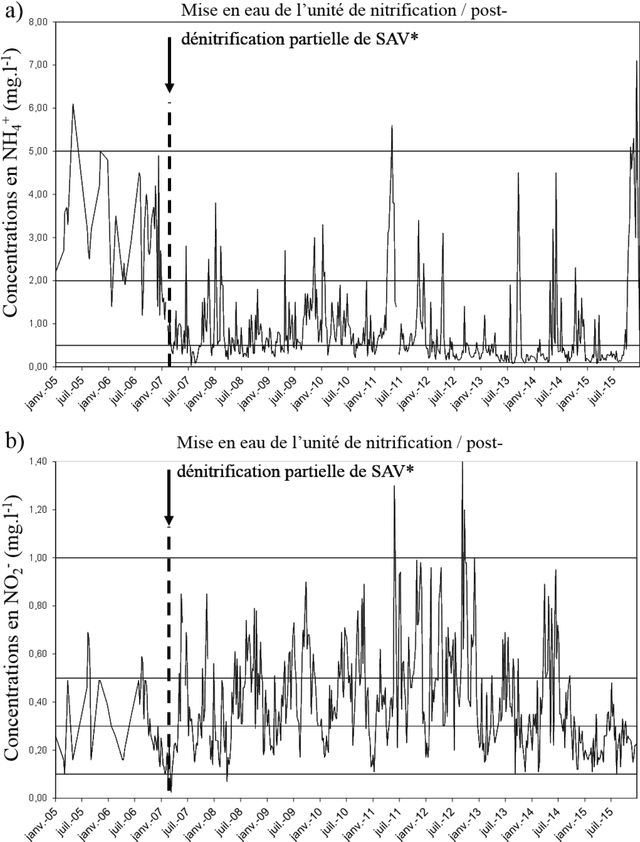

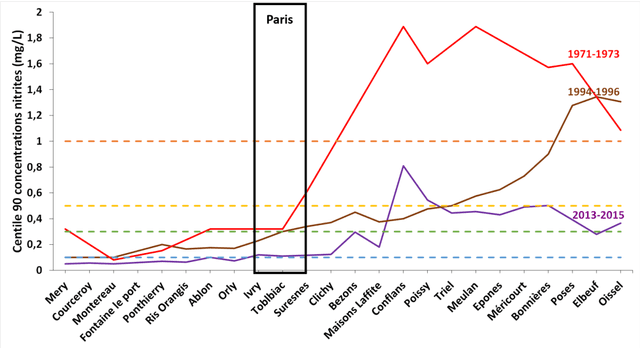
Abstract:The recent popularity of post-denitrification processes in the greater Paris area wastewater treatment plants has caused a resurgence of the presence of nitrite in the Seine river. Controlling the production of nitrite during the post-denitrification has thus become a major technical issue. Research studies have been led in the MOCOPEE program (www.mocopee.com) to better understand the underlying mechanisms behind the production of nitrite during wastewater denitrification and to develop technical tools (measurement and control solutions) to assist on-site reductions of nitrite productions. Prior studies have shown that typical methanol dosage strategies produce a varying carbon-to-nitrogen ratio in the reactor, which in turn leads to unstable nitrite concentrations in the effluent. The possibility of adding a model-free control to the actual classical dosage strategy has thus been tested on the SimBio model, which simulates the behavior of wastewater biofilters. The corresponding "intelligent" feedback loop, which is using effluent nitrite concentrations, compensates the classical strategy only when needed. Simulation results show a clear improvement in average nitrite concentration level and level stability in the effluent, without a notable overcost in methanol.
* in french, Journal of Water Science, to appear
 Add to Chrome
Add to Chrome Add to Firefox
Add to Firefox Add to Edge
Add to Edge